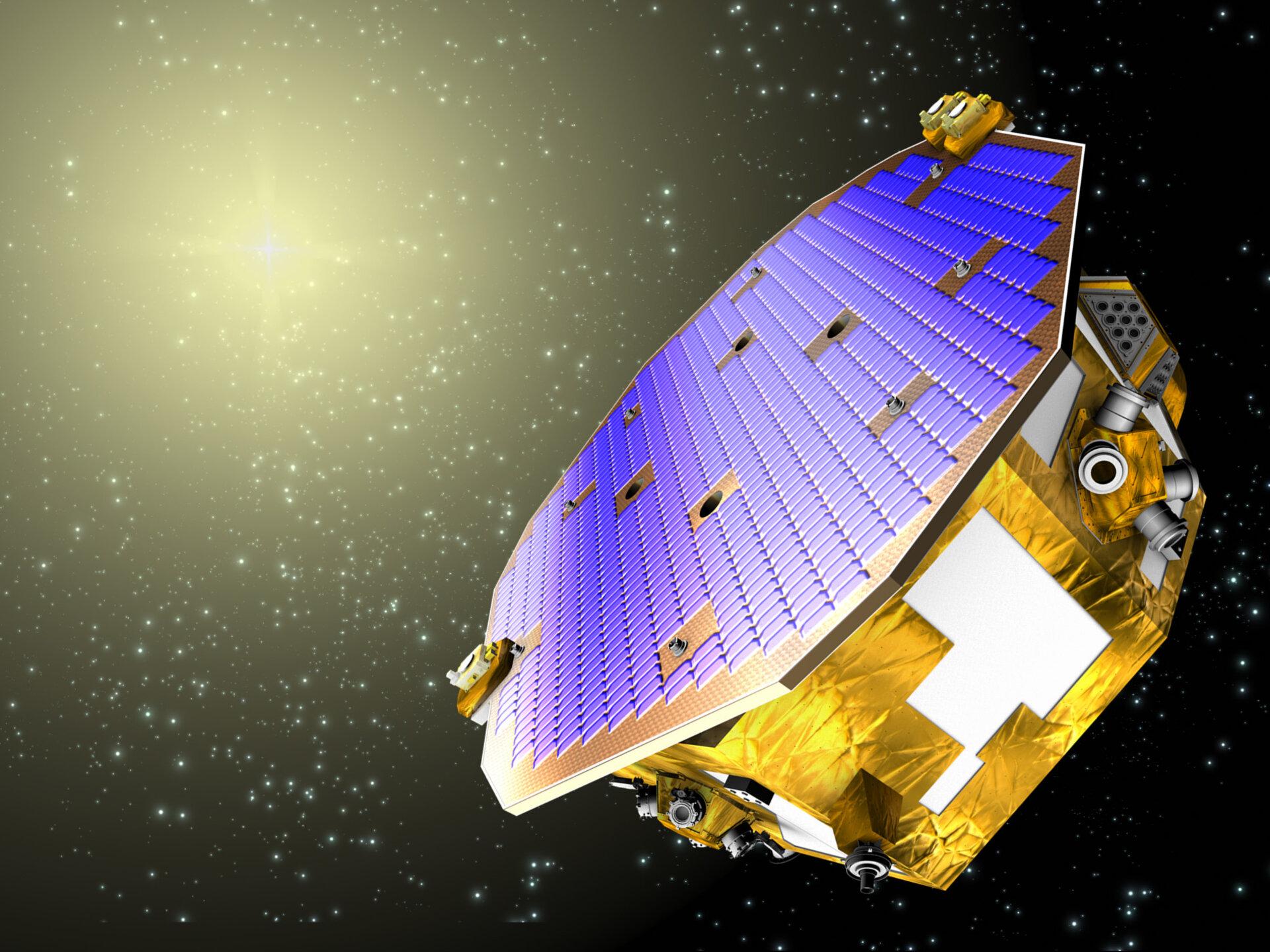The Laser Interferometer Space Antenna Project is a National Aeronautics and Space Administration and European Space Agency initiative to measure gravitational waves produced throughout space to study black holes and the big bang.
Physics professor Gaurav Khanna and mathematics professor Scott Field from the University of Rhode Island are two of the thousands of scientists around the world working on it. URI is the only school in Rhode Island working in this project and field, which is a continuation of the Laser Interferometer Gravitational-Wave Observatory from 2015.
To detect these waves, they are currently building a triangular model with mirrors that lasers will bounce between. As gravitational waves hit the mirrors, the lasers can detect the microscopic movements of the mirrors caused by waves, which allows scientists to measure the amount of radiation energy each wave consists of.
Gravitational waves were predicted by Albert Einstein in the early 1900s, as ripples through space time due to violent events. The waves from these events happened billions of years ago, but take billions of light years to reach us. These waves are a form of radiation that cause matter to move, not enough for us to feel, but enough to be measured, which is what scientists are doing.
“My analogy is if you throw a rock into a pond, the rock causes a disturbance in the surface of the pond and that wave propagates out, it could eventually get to a shoreline and you can see waves coming and hitting,” Field said. “Gravitational waves are similar.”
This could potentially help discover and count how many black stars are in the universe, and understand the big bang theory by measuring the lingering radiation that exists in our world, Khanna and Field said.
This project will allow scientists to study gravity further, as black holes are where gravity pulls are the strongest. Pertaining to the big bang, previous scientists studied this using light, which has a limit on how far back in the past scientists can investigate.
By studying the radiation of gravitational waves, they can study the moment of the big bang, Khanna said. Events further out in space, however, do reach Earth at a specific time and can be missed if LISA is not up to measure the waves.
“So when you look at light or gravitational waves from distant objects, you are looking at the past,” Khanna said.
LISA will be more accurate and more sensitive than LIGO, able to detect even smaller gravitational waves since it will not have the waves from the Earth affecting them, according to Khanna. LISA was originally scheduled to launch in the 2010s but was postponed in 2011 due to funding of the James Webb telescope.
Khanna is working on the science aspect, studying the results from LISA, and has been working on this project since he was in graduate school at Pennsylvania State University in the 1990s. Field, on the other hand, works on the building of the gravitational waveform models, focusing on massive black holes. He is helping to learn what the signals LISA will detect will look like.
When Project LISA launches, it strives for answers to multi decade long theories about our universe, thanks to the joint effort of our professors, NASA and the European Space Agency.
You can find updates and more information on the project on the website, lisa.nasa.gov.

